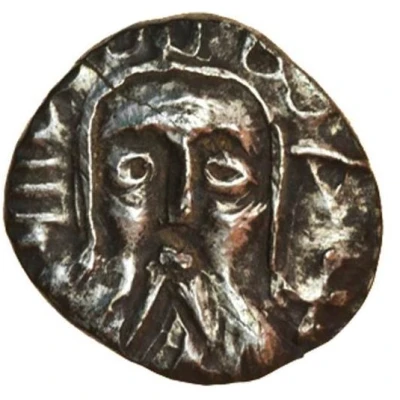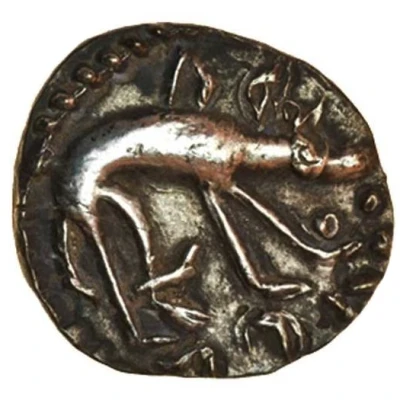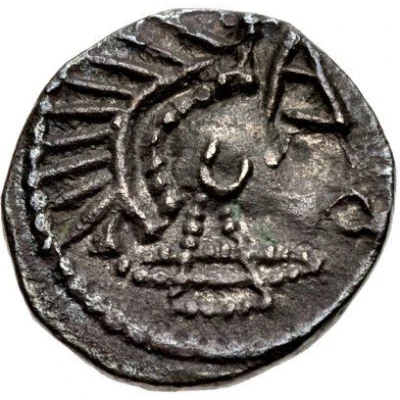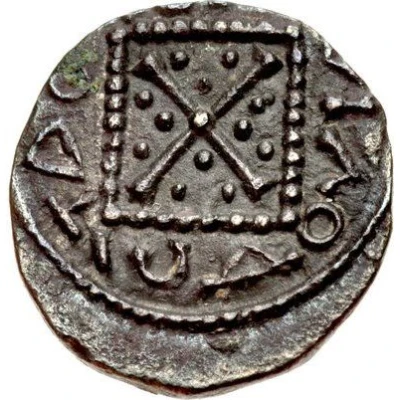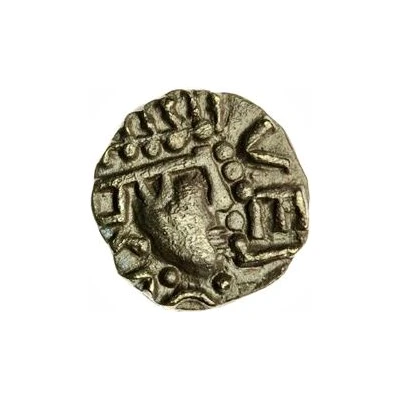
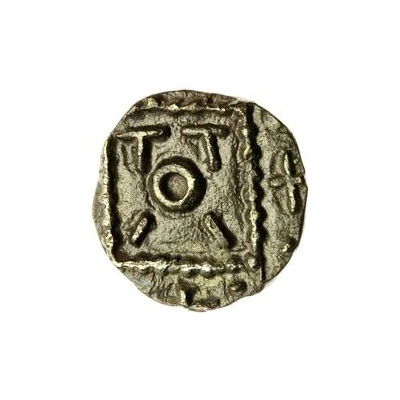

© Spink and Son
Sceat 'Vernus' group
| Silver | 1.2 g | - |
| Issuer | Early Anglo-Saxon (Kingdoms of British Isles and Frisia) |
|---|---|
| Type | Standard circulation coin |
| Years | 680-710 |
| Value | 1 Sceat |
| Composition | Silver |
| Weight | 1.2 g |
| Shape | Round (irregular) |
| Technique | Hammered |
| Demonetized | Yes |
| Updated | 2024-10-09 |
| Numista | N#307567 |
|---|---|
| Rarity index | 95% |
Reverse
Beaded votive standard, crosses at sides.
Lettering:
T T
O
I I
Comment
Early Anglo-Saxon period (c.600-c.775), Sceatta coinage (c.675-c.760), Primary phase issues (c.680-c.710), 'Vernus' group. Abr. 6Minted in various regions of south-eastern and eastern England.
The 'Vernus' group of sceatta coinage comprises varied types and styles.
For further detail on these and other early Anglo-Saxon English coins, please see:
Thrymsas and Sceattas in the Ashmolean Museum, Oxford, Vols I-III by D.M. Metcalf.
North#17
Interesting fact
One interesting fact about this coin is that it features a unique design element known as a "Vernus" or "Vernon" type, which is a stylized representation of a plant or tree. This design was used on a group of coins minted during the early Anglo-Saxon period and is believed to have been inspired by the art of the time. The use of this design on the Sceat coin highlights the cultural and artistic exchange that took place during this period in history.
